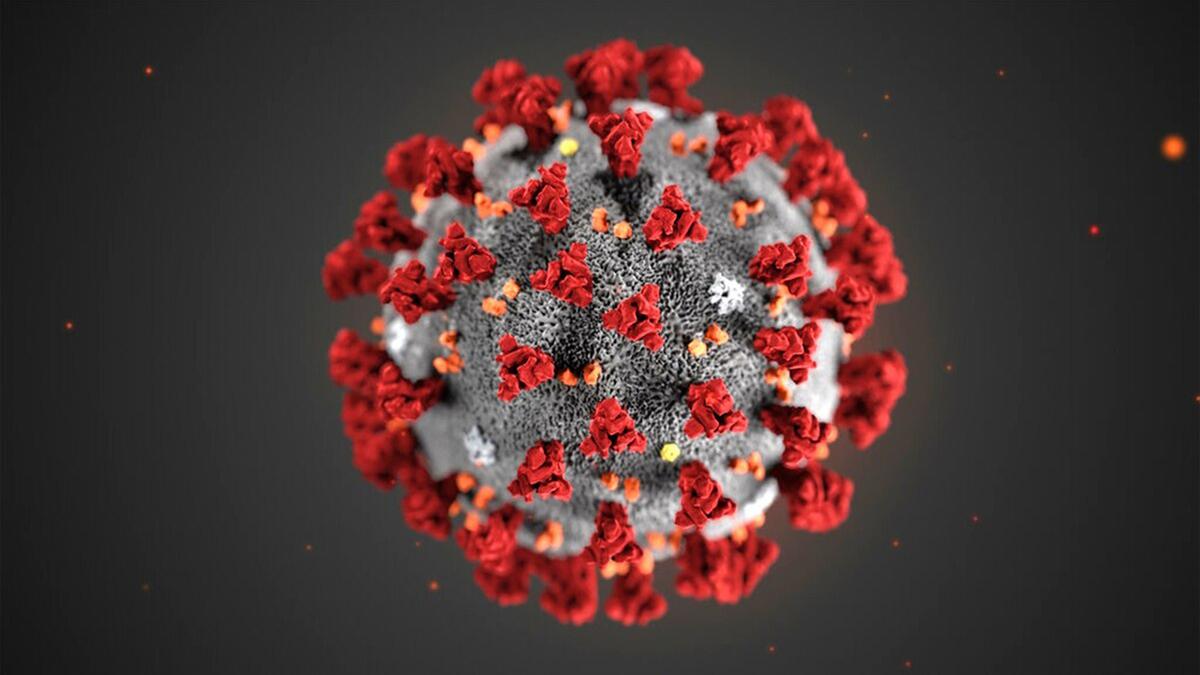Assistant Professors Jessica Hanson and Marzell Gray teach “Principles of Epidemiology” and “Global Health” courses at UMD. This semester the classes have focused on the emergence of COVID-19, its evolution, and popular perceptions about the virus. Associate Professor Amy Versnik Nowak teaches “Public Health Communication” in which students learn how social marketing and effective messaging are crucial for communicating important health messages.
These faculty members put some information together for the public to address some common questions and concerns.
Are there misperceptions about the virus that you’d like to clarify for the public?
There are two common misperceptions. The first is that someone has to be gravely ill to have COVID-19. However, we know there are silent carriers. This means that people may have mild or no symptoms but still be passing the virus along to others, including those most at risk for mortality, like older adults. This is why social distancing is so important—because a lot of people might have COVID-19 and not know it.
The second misperception of great concern is that a lot of young people believe that this is a disease that only impacts older adults. It is true that initial data highlighted that older adults are more likely to die from COVID-19 (e.g., mortality rates). However, we know there is very recent data out of Europe, the current epicenter of the pandemic, that shows a large proportion of individuals aged 20-44 have severe outcomes related to COVID-19, such as hospitalizations (e.g., morbidity rates).
No one is completely immune to becoming very ill from this disease. Researchers and medical professionals have suggested that smoking cigarettes, e-cigarettes, or marijuana places people at higher risk for more serious illness due to COVID-19. The connection is being further researched.
Can you give us some guidance on social distancing and explain why it’s necessary?
“Social distancing” is important because it will help slow the spread of the disease, especially if people have the disease but have mild symptoms or aren’t aware they have it yet. While 80 percent of cases are mild, 20 percent of cases are not.
Let’s assume that about 10 percent of COVID-19 cases need to be hospitalized. In a city like Duluth with a population of 90,000, that's 9,000 people who need to be hospitalized.
If you add this influx of patients to those already in the hospital due to other reasons (car accidents, heart attacks, etc.) our hospitals will be overwhelmed with patients. This is why we need to “flatten the curve” through social distancing.
We highly recommend an article from the Washington Post that includes four social distancing simulations. In the first simulation, there is no social distancing and the disease goes unchecked. The second simulation shows the impact of a quarantine. The last two simulations demonstrate how social distancing can reduce the spread of the disease.
What are some essential hygiene tips people should be following right now?
Regularly washing hands with soap and water is critical. Hand washing should last for at least 20-30 seconds, long enough to sing the happy birthday song twice. People should cough into their elbow, stay away from others who are sick, and stay home if they are ill.
Our public health students have developed several social media posts and graphics on the UMD Public Health Facebook page, including one on cleaning and disinfecting your home and suggestions for social distancing activities. The Minnesota Department of Health also has great resources on hand hygiene and health. We encourage all our students to take care of themselves physically but also emotionally, as it is an extremely stressful time for everyone.
People are being inundated with information about COVID-19. Do you have recommendations for key sources that provide reliable and up-to-date information about the virus?
We all must receive accurate and timely information. One key source of regional information is our Minnesota Department of Health. They have a special page specifically dedicated to COVID-19. Our “Principles of Epidemiology” class has been tracking the global morbidity and mortality data through the Center for Systems Science and Engineering at Johns Hopkins University.
The World Health Organization also provides timely updates on the pandemic, including travel advice and responses to many of the myths circulating our social media. The Center for Disease Control and Prevention (CDC) has many resources available to aid in preparation and in the event someone close to you becomes sick. The page Get Your Home Ready from the CDC can provide details to deal with different circumstances and lead to other reliable resources.
For Media:
Assistant Professor Jessica Hanson can speak to the importance of research, clinical trials, and evidence-based medicine. She can be reached at: [email protected].
Assistant Professor Marzell Gray has expertise in advocacy for health and wellness in isolation related to our current conditions. He can provide information on social distancing "what and why," and the use of reliable resources for information related to public health and COVID-19. He can be reached at: [email protected].
Associate Professor Amy Versnik Nowak is knowledgeable about the coronavirus "infodemic," and can speak about COVID-19 scams and reporting fraud as well as holistic stress management strategies and reliable resources for integrative medicine and natural therapies. She can be reached at: [email protected].

